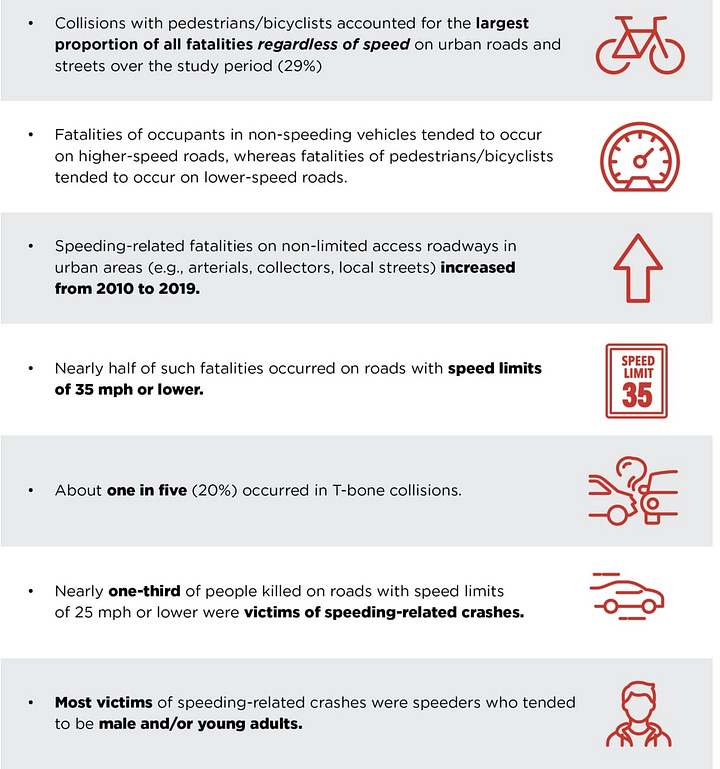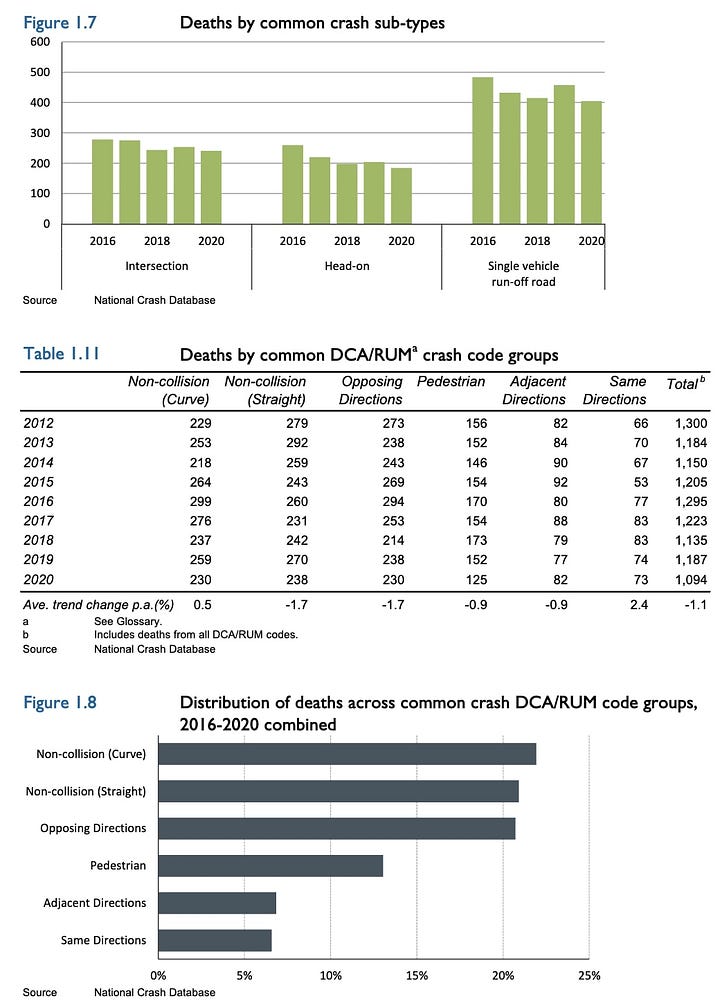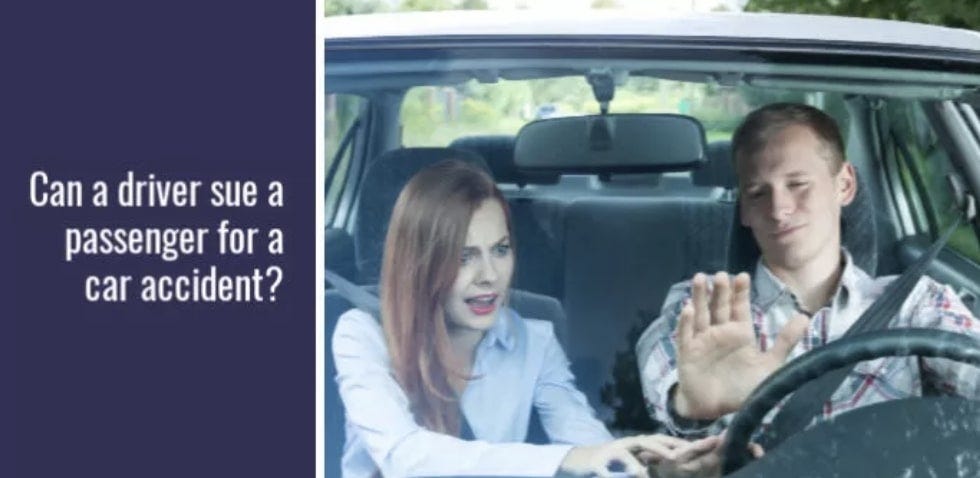Tesla Autopilot, FSD and Robotaxi Safety Versus Human
Here is my analysis of human versus automated driving today and the level to be much safer than human in the future and why failed disengagements would have a low percentage being fatal. A truly much safer autonomous driving system would eventually cross over where interventions would be more dangerous than non-intervention. Think of the bad human passenger harassing the better human chauffeur.
Self driving and robotaxi Interventions are when human drivers takeover from AI driving systems. China regs, Waymo and Cruise use remote drivers. China requires 1 human monitor per 3 cars. In California, about 0.7 percent of all traffic collisions result in a fatality.
Human vs. Autonomous Driving Today
Tesla's Performance with Autopilot
Tesla's Autopilot system has shown significant safety improvements over human drivers, particularly on highways:
Autopilot: One crash per 7.63 million miles.
Human Drivers without Autopilot: One crash per 955,000 miles.
This indicates that Tesla’s Autopilot is approximately eight times safer than human drivers. Tesla plans to replace Autopilot with Full Self-Driving (FSD) on highways only when FSD proves to be statistically superior.
Intervention and Passive Safety
Interventions, where human drivers take over from AI systems, are critical in evaluating safety. However, data suggests that failed interventions rarely result in crashes. Statistically:
Only 1 in 200 human car crashes result in fatalities.
Approximately 1 in 5 crashes result in injuries.
Tesla vehicles also have superior passive safety systems, enhancing overall safety beyond just avoiding crashes.
Global and National Statistics
Worldwide: 1.2 million deaths and 50 million injuries annually, with 10-20 trillion miles driven.
USA: 3 trillion miles driven annually, with about one collision per 600,000 miles.
San Francisco: The highest rate of injury crashes, with 5.55 incidents per million miles, compared to the national average, which was approximately three times higher than the national average. Human drivers in San Francisco have reported injury crashes every 180,000 miles. There is a non-injury or injury crash about every 30,000 to 40,000 miles in San Francisco from human drivers.
Waymo’s Performance
A study by Swiss Re demonstrated that Waymo's autonomous driving systems offer substantial safety improvements:
Injury Crash Reduction: 85% reduction in injury crashes.
Police-Reported Crash Rate: 57% reduction.
Disengagement Rate: One every 17,000 miles, with one injury incident every 2 million miles and a police-reported crash every 476,000 miles.
Waymo’s data, adjusted for the San Francisco and Phoenix areas, indicates a significantly lower crash rate compared to human drivers.
Future of Autonomous Driving Safety
A truly safer autonomous driving system will reach a point where human intervention becomes more dangerous than non-intervention, similar to a scenario where a disruptive passenger interferes with a skilled chauffeur.
Enhancing Autonomous Systems
Voice Command Integration: New AI capabilities will allow passengers to override the system via voice commands, ensuring safe operation pauses.
Eliminating Dangerous Situations: Tesla FSD 12.X can mimic the best human drivers, avoiding most dangerous situations.
Disengagement Types: Common issues where Tesla FSD has disengagements include lane problems, incorrect speed, mapping errors, and interactions with other vehicles. These are mostly not issues that would directly lead to dangerous situations.
Accident and Disengagement Data
Waymo and Cruise: In 2022, the companies reported 102 crashes over approximately 6 million miles, averaging one crash per 60,000 miles.
California Data: In 2019, California recorded 187,211 injury crashes and 3,737 fatalities from car accidents.
Conclusion
Autonomous driving systems from companies like Tesla and Waymo already demonstrate significantly improved safety over human drivers. Continuous advancements in AI, enhanced passive safety features, and new technologies such as voice commands are poised to further increase the safety and reliability of self-driving cars, moving towards a future where interventions by humans might be the exception rather than the norm.
Failed Interventions (where humans miss potentially "correcting" for the self diving system) most of the time would not lead a crash. Even failed critical interventions would not result in a injury crash.
There is US National Highway safety data below and Australian car accident data breaking down types of crashes. Self driving systems can relatively easily eliminate speeding accidents and impaired driving accidents.


Swiss Re study of Waymo demonstrated:
Waymo has 1 disengagement every 17000 miles but one injury incident every 2 million miles or so.
Waymo has a police reported crash every 476000 miles vs every 206,000 miles for humans.
Waymo has an injury crash every 2.44 million miles vs every 360,000 miles for humans.
This is data adjusted for the San Francisco, Phoenix areas and mix of highway and road driving performed by Waymo.
How many car accidents happen a day in California? The answer may not be knowable, but this statistic shows that there are more than 500 injury crashes a day in California. In addition, SWITRS recorded 3,737 people killed as the result of 3,438 total fatality wrecks. The 187,211 injury crashes resulted in 269,031 people being hurt in accidents.
Back in February, 2023, Waymo released a report celebrating its first million miles of fully driverless operation, which mostly occurred in the suburbs of Phoenix. Waymo’s autonomous vehicles (AVs) experienced 20 crashes during those first million miles.
Waymo without driver in car but remote, Intervention every 17k miles in hypermapped zones with Lidar. 1 crash every 50k miles.
The vast majority of the collisions were low speed and were due to human error of the other vehicles or because of illegal human activity like spinning donuts in large intersections.
Keep reading with a 7-day free trial
Subscribe to next BIG future to keep reading this post and get 7 days of free access to the full post archives.


